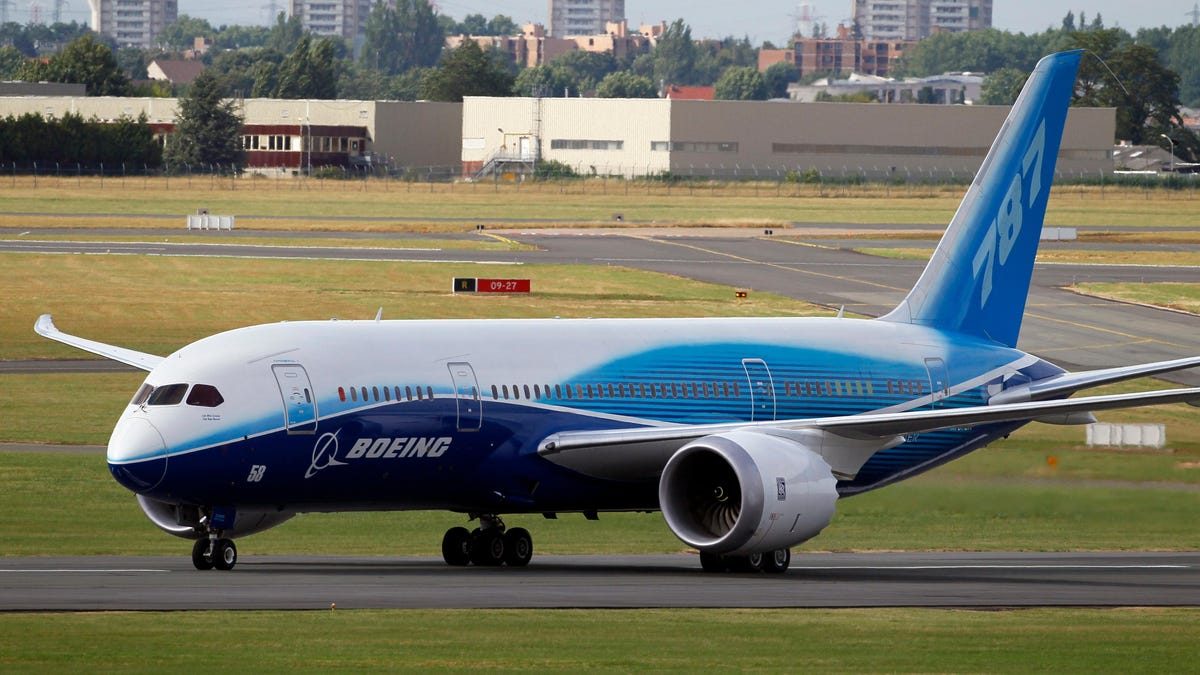Boeing just announced some big orders for some of its biggest planes. The planemaker said Monday that it had secured orders for up to 80 of its 787 Dreamliner and 777 double-aisle planes from Japan Airlines and Korean Air. After French rival Airbus had moved in on the carriers during the initial fallout from Boeing’s 737 Max door plug blowout in January, the bookings suggest the U.S. manufacturer isn’t taking the incursions lying down.
“We value our long-standing partnership with Japan Airlines and are pleased that they have re-selected the 787 Dreamliner as they continue to modernize their world-class fleet,” said Brad McMullen, head of Boeing’s sales operations, in a statement.
The news comes during the first day of the Farnborough International Airshow, a major industry trade event. Japan Airlines will be taking 10 Dreamliners with the option for 10 more. Korean Air put itself down for twenty 777-9 models and twenty 787-10 planes with the option for 10 more 787-10s.
The “long-standing partnership” reference calls to mind a Reuters report from March that Airbus sold 11 of its A321neo jets to Japan Air, the first time it had purchased a single-aisle plane from a company other than Boeing. The A321neo competes with the 737 Max, which was still in the middle of a massive scandal and the beginning of huge a production slowdown at the time.
Likewise, Bloomberg reported around the same time that Airbus had sold several wide-body jets to Korean Air, where the majority of the fleet is made up of Boeing planes. The news outlet suggested that the order was a snub to the 777x, a plane that is just now getting close to regulatory clearance.
“We are honored Korean Air has selected our largest, most efficient widebody airplanes to add capacity to its global network,” said Stephanie Pope, head of Boeing’s commercial airplanes division, in a statement. “Boeing airplanes have played an integral role with Korean Air over the past 50 years, and the 777X and 787 Dreamliner will continue to support the airline’s long-term goals for sustainability and continued growth.”

